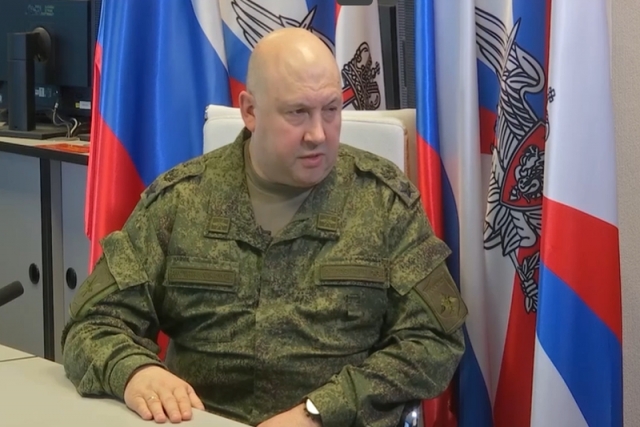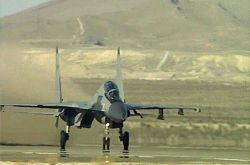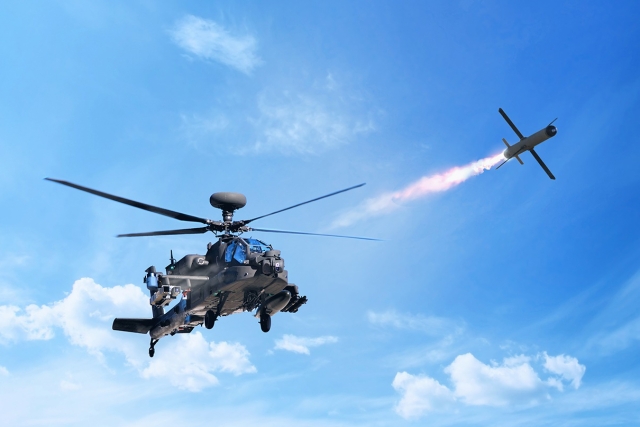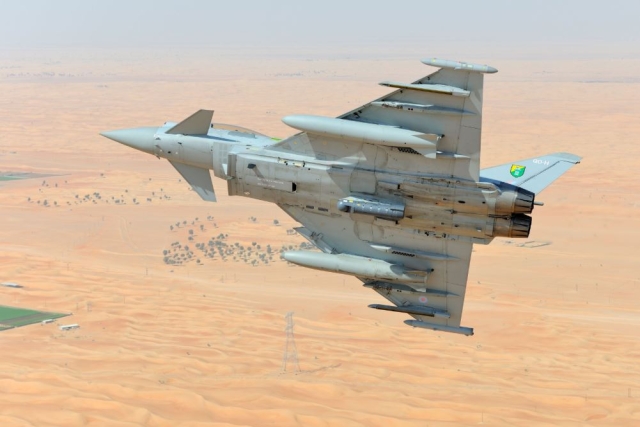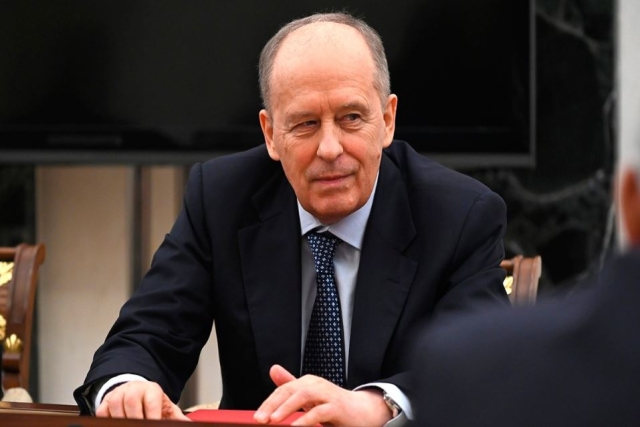Russia Patents 2-seater Su-57 Stealth Fighter Jet
The aircraft could be a plan to revive the Su-57 project with India or an all-new jet meant for network-centric warfare
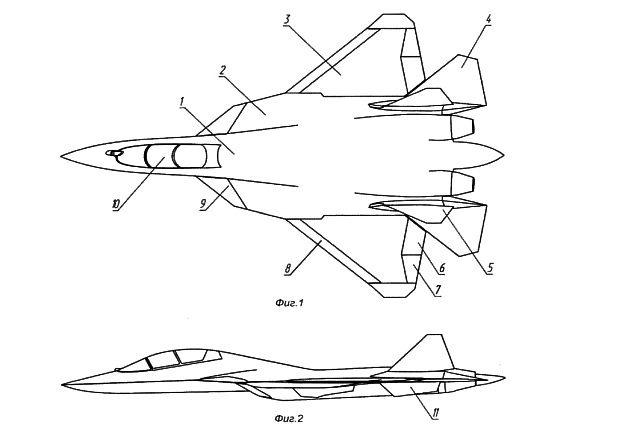
In what could be a revival of the plan to export the Su-57 fighter jet to India, Russia’s United Aircraft Corporation (UAC) has patented a “ twin seater multifunctional stealth aircraft.”
The two seater stealth aircraft was a requirement for India when the two sides had signed an agreement for joint development and production of the Fifth Generation Fighter Aircraft -FGFA (as the Su-57 was known then) in 2008. However, India pulled out of the deal in 2018 following delays in development of crucial technologies by the Russian side but held out the possibility of re-joining it in future.
Russia has not revealed plans of developing a 2-seater Su-57 fighter so far. There is a chance that this could be an all-new aircraft to function as an airborne command and control aircraft networking manned, unmanned and ground assets besides its fighter role.
While the patent (# 2023113345 registered on 17 November 2023) does not specify the aircraft to be a Su-57, it has enough pointers to it. The Su-57 characteristics such as twin engines, reduced radar signature, increased maneuverability, internal weapons bay, besides increased operating altitudes and higher flight speeds have been mentioned in the patent grant document.
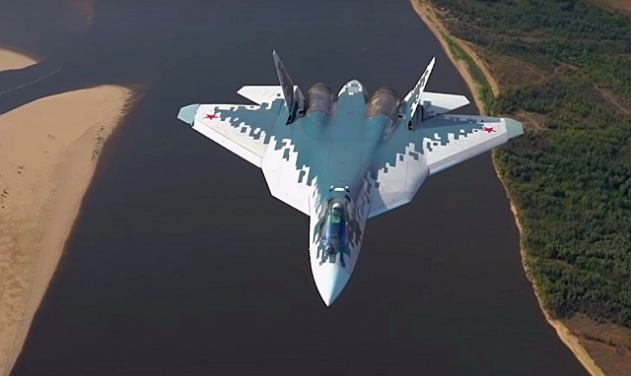
The abstract of the patent document says, “The invention relates to a multifunctional two-seat stealth tactical aircraft and is intended to detect and destroy air, surface and ground targets at super and subsonic flight speeds in a wide range of altitudes, as well as acting as an airborne command post for network-oriented operations involving mixed groups of manned and unmanned aircraft.”
It says that the closest current aircraft to the patented one is the two-seater Su-30MK (whose MKI version is in service in India). The Su-30 in Russian service is designated as ‘SM’ and not ‘MK’.
The patent document says that some of the shortcomings of the Su-30MK will be overcome by the new aircraft invention.
The low level of radar signature is achieved through several technical solutions: shaping the surface of the fuselage in such a way that the overall level of radar signature of the aircraft in the lateral hemisphere is reduced; minimizing the number of hatches on the outer surface of the fuselage; making the sides of the fuselage and vertical aerodynamic surfaces inclined in one direction from the vertical axis of the aircraft.

The patent details the use of the two-seater aircraft as an airborne command and control unit. The second cockpit will be configured for the command role with an expanded panoramic aviation indicator and an additional indicator to increase the operator’s working field.
The use of various aircraft weapons in a stealth configuration, as well as unmanned aerial vehicles and inserted fuel tanks is achieved by having two cargo compartments located one behind the other along the plane of symmetry of the fuselage.
Composite materials are widely used in the aircraft design, which ensures high weight efficiency under given operating conditions and aircraft service life requirements.
To increase the level of stealth in the aircraft, radio-absorbing materials and coatings are also widely used.

